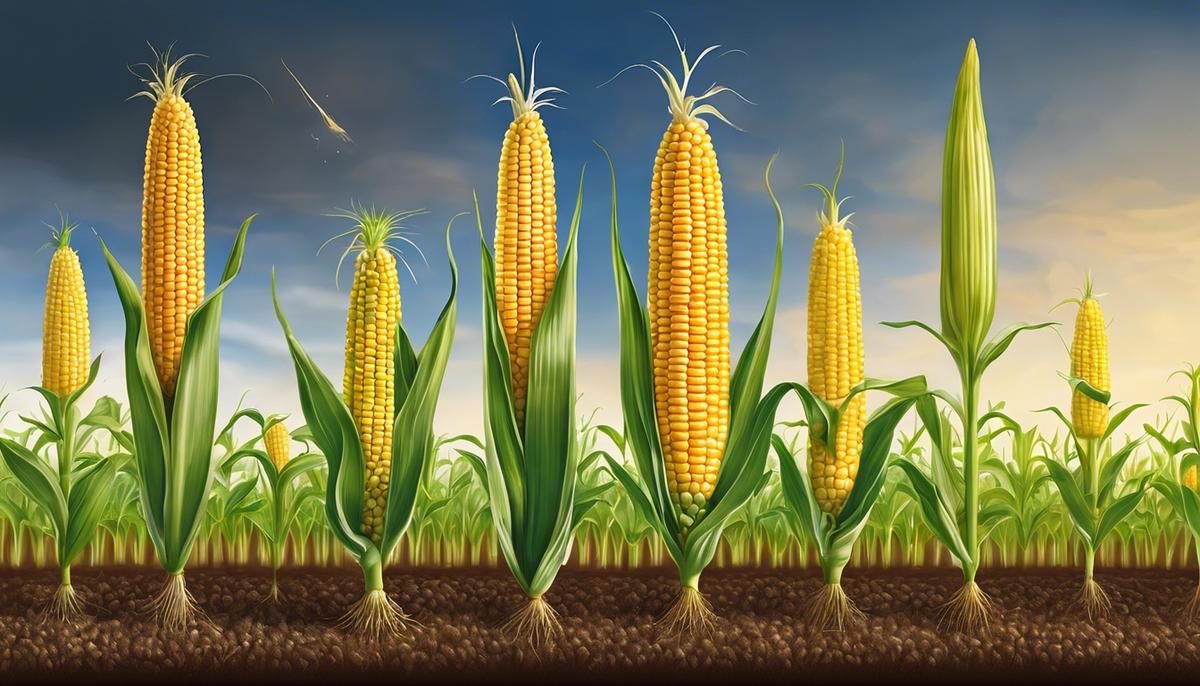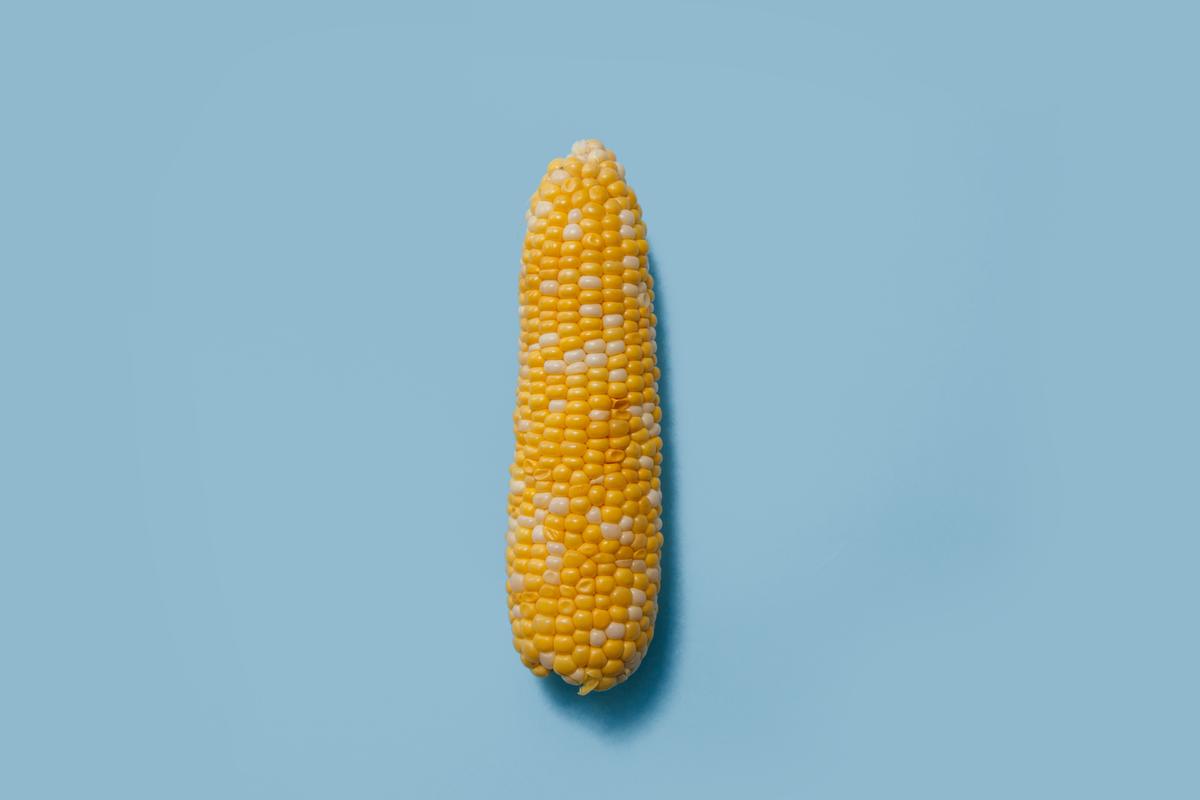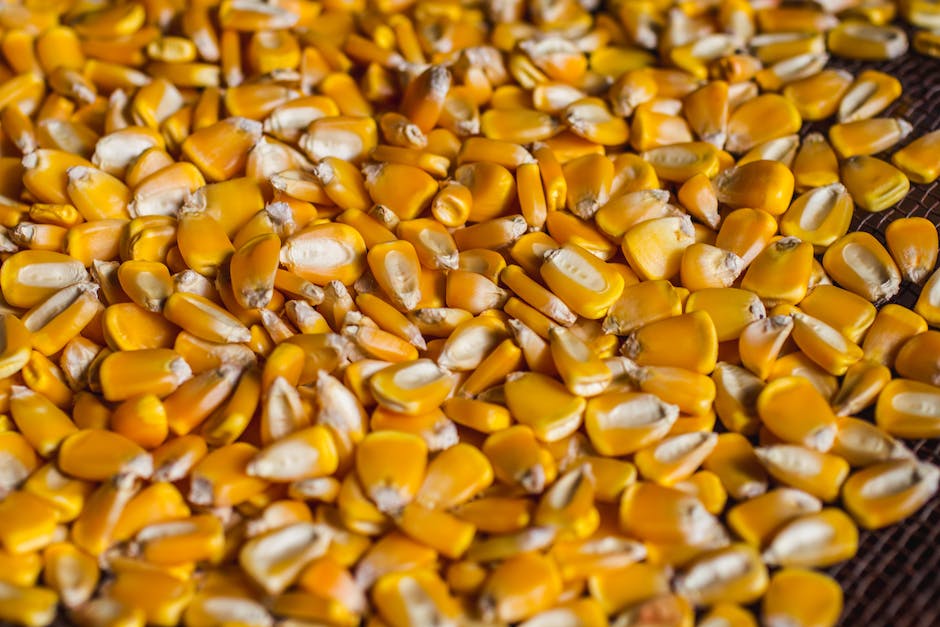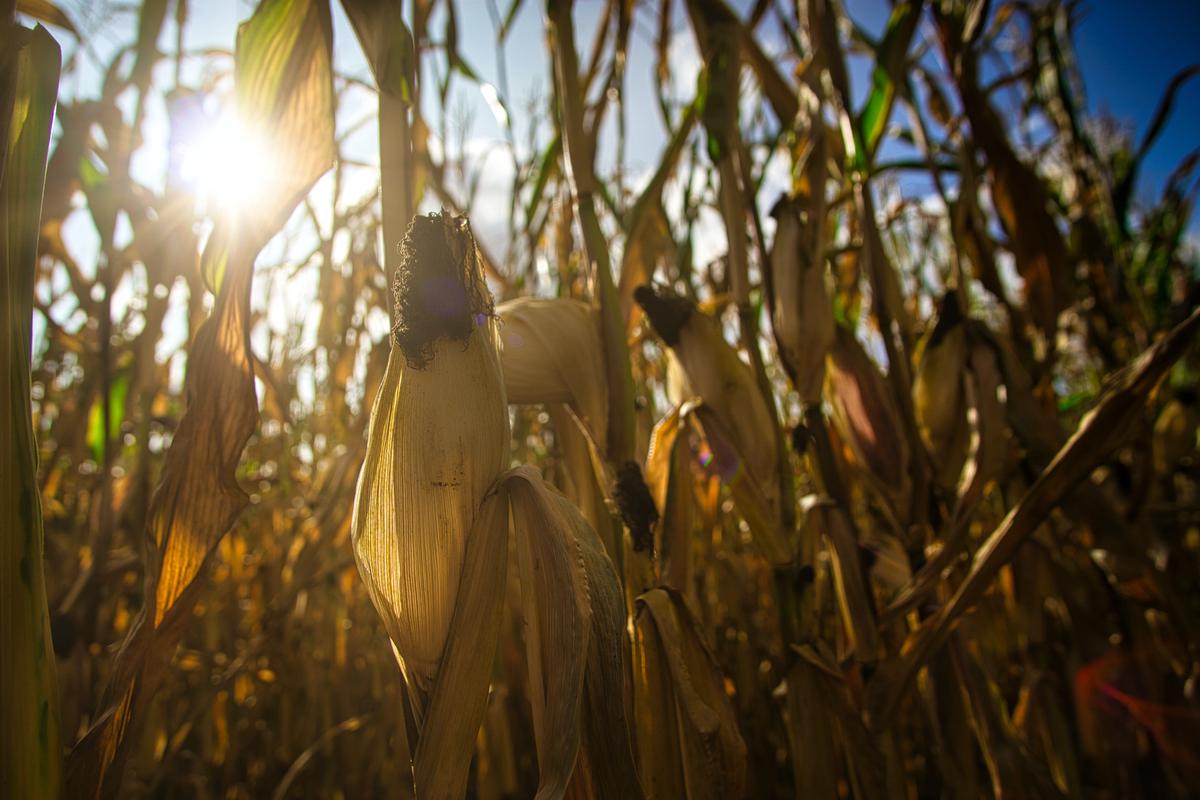Determining when Corn is Ready to Harvest

In the heart of America’s agricultural bounty, corn stands out as an emblem of bounty and growth. Whether grown in a backyard garden or intensive farm, knowing when to harvest this golden grain is essential to ensure the optimum taste and quality. This process involves understanding the different growth stages of corn, from the initial phases of germination to the final reproductive stage where the corn develops its ears. Additionally, recognizing the signs of mature kernels, such as the position of the milk line, is an integral part of this knowledge. Lastly, reading the signals given by the husks and silks can provide crucial confirmation that the corn is ready to pick.
Identifying Corn Growth Stages
Attention all corn enthusiasts! Growing corn just isn’t about burying a kernel and expecting a glorious cob. No, it’s about understanding and observing the miraculous stages of its development. Corn – yes, our beloved maize, has six fascinating and visually diverse growth stages! By knowing the key stages, farmers and hobbyists alike can maximize yields and understand the amazing journey from kernel to cob.
First, it all starts with the so-called “Emergence,” typically a week after planting. The planted kernel swells, cracks open, and puts forth a radical root. This root anchors it into the soil while a shoot pushes toward the sky, sprouting leaves as it emerges. At this stage, watering is crucial to foster steady growth.
The second stage unfolds about two weeks into the process. Known as the “Leaf Stage,” young corn plants focus all their energy on photosynthesis, growing new leaves at a nearly visible rate. Don’t let the humble short stalk fool you – it’s diligently preparing fascinating growth spurt. During this phase, strategically timed watering and nutrient supply can make a significant difference.
Hold tight, because the next stage – the “Tasseling Stage” – is a thriller! Occurring about 2-3 months after planting, tassels start showing up at the tops of the plants, marking the beginning of reproductive maturity. This is also when the classic ‘corn plant’ appearance is fully formed.
Shortly after tasseling initiates the mesmerizing “Silking Stage.” Silk strands start to emerge from the ear, each linked to a separate ovule (which magically become kernels!). Silk receptiveness is crucial at this stage, and adequate watering is essential in ensuring silk health and future kernel development.
The penultimate stage sees our verdant plants enter the “Blister” phase, about three to four weeks after tasseling. The dainty kernels gather moisture and look like blisters on the cob – hence the name.
Finally, the “Maturity” stage rolls around approximately 60 days after silking. It’s homecoming time, as the kernels harden, awaiting harvest. In their wonderfully golden appearance, expect a hard, shiny exterior with a visible black layer or line when cut, indicating complete maturation.
So there you have it – a swift journey from the germination of a single kernel to reaping bountiful yellow cobs of corn. Keep in mind, knowing the growth stages isn’t just beneficial for yield improvement. The real fulfilment lies in understanding and appreciating the life of the corn plant – an emblem of resilience, growth, and abundance. It’s a humbling journey, to partake in each step, and a privilege to lend a hand in the cycle of life itself. Let’s keep sowing, growing, and above all, enjoying the remarkable fascination that is corn cultivation!

Photo by charlesdeluvio on Unsplash
Understanding Kernel Maturity
Recognizing Fully Mature Corn Kernels: The Final Step
In the fascinating world of corn cultivation, there is no sweeter moment than watching a cob metamorphose from the humble blister stage into the prized mature phase. Every kernel that swell on the cob is a testament to patience, dedication, and the undeniable charm of this hobby. So, how can a passionate corn cultivator discern when the kernels have fully bloomed into maturity? Let’s delve deeper into this final crescendo in the corn growth cycle, and explore the key indicators of fully mature corn kernels.
To start off, our eyes are a treasure in detecting corn kernel maturity. A mature corn kernel has a distinctive appearance that separates it from its immature siblings. The pericarp, or outer skin of the kernel, takes on a dry, firm, and somewhat glassy appearance as the kernel progresses to full maturity. As a cultivator, once you spot a kernel with this distinctive look amongst your corn plants, you’ll feel your heart swell with a joy that only comes from knowing your corn cobs have proudly reached their zenith.
Ever heard of the dent stage? Well, it plays a crucial role in our maze journey. This stage is distinguished by the formation of a small dent on the top of the kernel, indicating that the endosperm or the starchy part inside, is fully formed. When a kernel has a dent, it is a straightaway hint that the kernel has advanced towards the full maturity stage and is very close to its completion.
Out of all the signs, the ‘milk line’ is perhaps the most reliable predictor of the maturity stage for corn kernels. Inside every corn kernel, there is a white, milky substance known as the endosperm. As the kernel matures, this milk line moves downwards and recedes. By the time the kernel is mature, this line would have disappeared completely. If you break open a kernel and find no trace of the milk line, rejoice! You have successfully identified a fully mature corn kernel.
Bear in mind, though, that the corn’s stalk, leaves, and husks may also point to the plant’s maturity level, but these indications can be misleading due to weather influence. Therefore, focusing on the kernels themselves is your best bet in determining when to harvest.
In the exhilarating world of corn cultivation, there is no greater joy than watching your plants thrive. And when these humble kernels finally mature, the reward makes every moment you’ve invested in them utterly worth it. The next time you pace through your corn rows, equipped with these pointers, you’ll know exactly how to spot those mature kernels, signaling it’s time to celebrate another successful harvest.
Savor the experience, the fruits of your labor are sure to be as gratifying as the journey that led to them. Happy cultivating!

Checking the Husks and Silks
Picking the perfect ear of corn from your personal cornfield can feel like a small victory in a long but satisfying corn growing journey. When you know what to look for, the husks and silks can tell you precisely when to make your move and harvest the fruits of your labor.
In the final stages of maturity, the husks will shift from a vibrant green to a lighter, more subdued hue. Simultaneously, the silks, once glossy and shiny, will begin to dry out and adopt a brownish color. This color change in the husks and silks is not merely aesthetic, it’s nature’s billboard announcing, “The corn is ready!”
The feel of the husks is an additional indicator that your corn is ready. If the husks are firm when you give them a gentle squeeze, then it’s a strong sign the ears within have reached maturity. However, one must be cautious to not depend solely on this as overmature ears can also give the same feeling.
The silks, in their brown, dried state, also become brittle to the touch – another tell-tale sign that your corn is at the peak of its readiness. Feeling the silks crumble easily between your fingers can be pure joy for a corn enthusiast!
Taking a further scientific approach and peeking underneath the husks could provide more accurate insight. When you pull back the husk, mature corn kernels should be in sight, filling out each row all the way to the top of the cob. They should look plump and ready to burst, the liquid within them thick and milky.
Furthermore, the visual condition of the corn kernels can also offer clues. A dented look is a clear indication that the kernels are drying out, heading towards overripeness, and should be harvested immediately. If the kernels are dull, then regrettably, your corn is past its peak freshness.
Finally, the overall health and look of the corn plant should not be overlooked. Healthy corn plants with ears pointing upwards indicate robustness and maturity. However, if the ears are pointing downward, they may need a little more time to reach their peak.
In conclusion, patience, thorough observation, and tactile investigation of your corn plants’ husks, silks, and kernels can guide you to the perfect moment of corn harvesting. Don your gloves, pick up your corn baskets, and remember this informative guide as you stride victoriously towards your ready-to-harvest corn plants. After all, there’s nothing quite like biting into an ear of corn, grown and harvested with your own hands. Happy Harvesting!

Photo by joranquinten on Unsplash
There is something special about picking a ripe ear of corn, knowing that you’ve watched it grow from a tiny seedling to a mature crop ready for harvest. Being able to determine corn’s readiness for harvest can greatly enhance your farming or gardening experience. Understanding the growth stages, recognizing kernel maturity, and checking the condition of husks and silks, empowers you to maximize your corn’s yield and quality. With these skills at hand, you will not only enrich your agricultural journey, but you’ll also ensure you are providing the best and the healthiest for you and your family.



